The Takuri candlestick pattern is a single candle bullish reversal pattern. It has a very small body with a much longer lower wick and without an upper wick. This pattern illustrates how a downtrend is opposed by the bulls and the candle eventually closes near its high. The color of the candle doesn’t matter and it can be black or white.
The Takuri candlestick pattern is just like the Hammer candlestick pattern but there is one difference. The length of the lower wick of Hammer cannot be twice bigger than the length of its body. The Takuri’s lower wick must exceed at least three times of its body.
- The Takuri is like the hammer pattern but with a longer bottom shadow.
- It has a small body and a long lower tail.
Statistics to prove if the Takuri pattern really works
Are the odds of the Takuri pattern in your favor?
How does the Takuri behave with a 2:1 target R/R ratio?
From our research the Takuri pattern confirms 78.5% of the time on average overall all the 4120 markets we analysed. Historically, this patterns confirmed within 1.3 candles or got invalidated within 3.9 candles. If confirmed, it reached the 2:1 R/R target 34.6% of the time and it retested it's entry price level 95.5% of the time.
Not accounting for fees, it has an expected outcome of 0.038 $/$.
It means for every $100 you risk on a trade with the Takuri pattern you make $3.8 on average.
Want to account for your trading fees? Have the detailled stats for your favorite markets / timeframes? Or get the stats for another R/R than 2:1?
🚀 Join us now and get fine-tuned stats you care about!
How to handle risk with the Takuri pattern?
We analysed 4120 markets for the last 59 years and we found 215 587 occurrences of the Takuri pattern.
On average markets printed 1 Takuri pattern every 72 candles.
For 2:1 R/R trades, the longest winning streak observed was 81 and the longest losing streak was 578. A trading strategy relying solely on this pattern is not advised. Anyway, make sure to use proper risk management.
Keep in mind all these informations are for educational purposes only and are NOT financial advice.
If you want to learn more and deep dive into candlestick patterns performance statistics, I strongly recommend you follow the best available course about it. Joe Marwood (who's a famous trader with more than 45 000 Twitter followers) created an online course called "Candlestick Analysis For Professional Traders" in his Marwood Research University. There he will take you through the extensive backtesting of the 26 main candlestick patterns. He then summarizes which one is THE best pattern. Do you know which one it is?
Remember, don't trade if you don't know your stats. Click here to signup to the course now!
How does the Takuri candlestick pattern form?
The Takuri candlestick pattern occurs after a price decline as a result of the current downtrend. It is formed at the bottom of a chart. Its formation suggests that the market is looking to determine the low and it is shown by the long lower wick. After the control of bears, bulls begin to fight back and the power of bears starts to fade away. Hence, the market prices start to rise after determining the bottom and close near the opening. There is no upper wick of the Takuri candlestick that suggests that closing prices are almost similar to the opening prices.
How to identify the Takuri candlestick pattern?
As we have discussed earlier, the Takuri pattern forms at the bottom of the chart. It is a single line candle with a long lower wick and a small body. You should look for a candle that has a three-times greater lower than the length of the body. It may be white or black because the color of the candle is not important. However, it is imperative to differentiate between a Hammer and the Takuri pattern before trading activity. This is important because of the similarities between these two candlestick patterns.
What does the Takuri candlestick pattern tell traders?
The Takuri candlestick pattern tells traders about an upcoming price reversal to the upside. It shows how, after a prevalent downtrend, bulls reject the trend. As a result, the prices close near high. The prices must start rising after the appearance of the Takuri candlestick. Traders call it the confirmation. This is also considered as a potential buying signal as the prices begin to rise.
How to trade the pattern?
Technical analysts and experts emphasize that the context of the Takuri candlestick pattern is very crucial. It is reliable only when it is formed in a support zone or a clear downtrend. It is a stronger signal when it appears after the price gap. Experts suggest to wait for the signal confirmation in the subsequent candlesticks before entering a trade. However, aggressive traders initiate a move right after the opening of the subsequent candle in the price gap. It gives them the opportunity to capitalize on the potential dynamic upward movement of the prices.
How does the Takuri pattern look in real life?
Looking to learn more about this pattern?
You should take a look at Joe Marwood's online course. In his course, he backtested the 26 main candlestick patterns before to summarize which one is THE best pattern. I really liked his course and you shouldn't miss it!
Click here to signup to his "Candlestick Analysis For Professional Traders" course now!
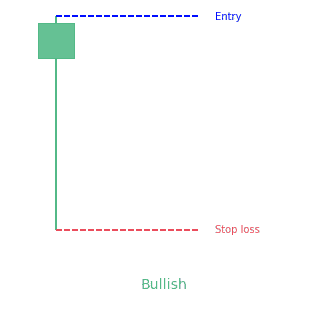
 Good Trading requires the Best Charting Tool!
Good Trading requires the Best Charting Tool!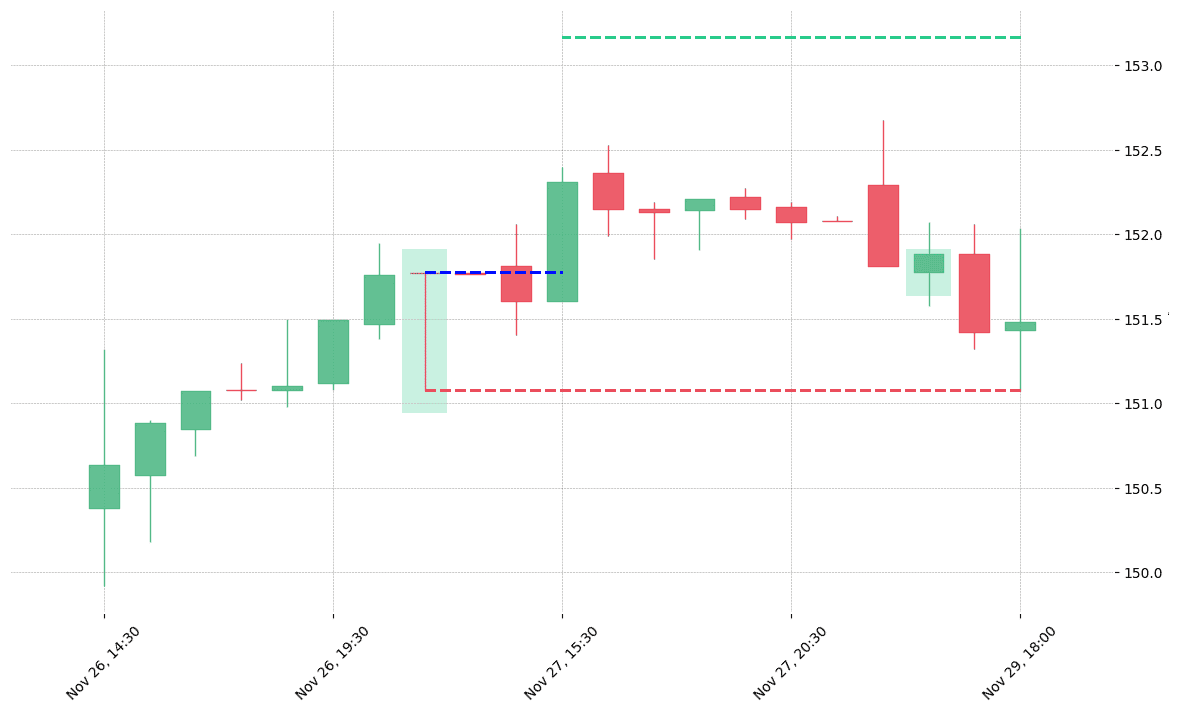
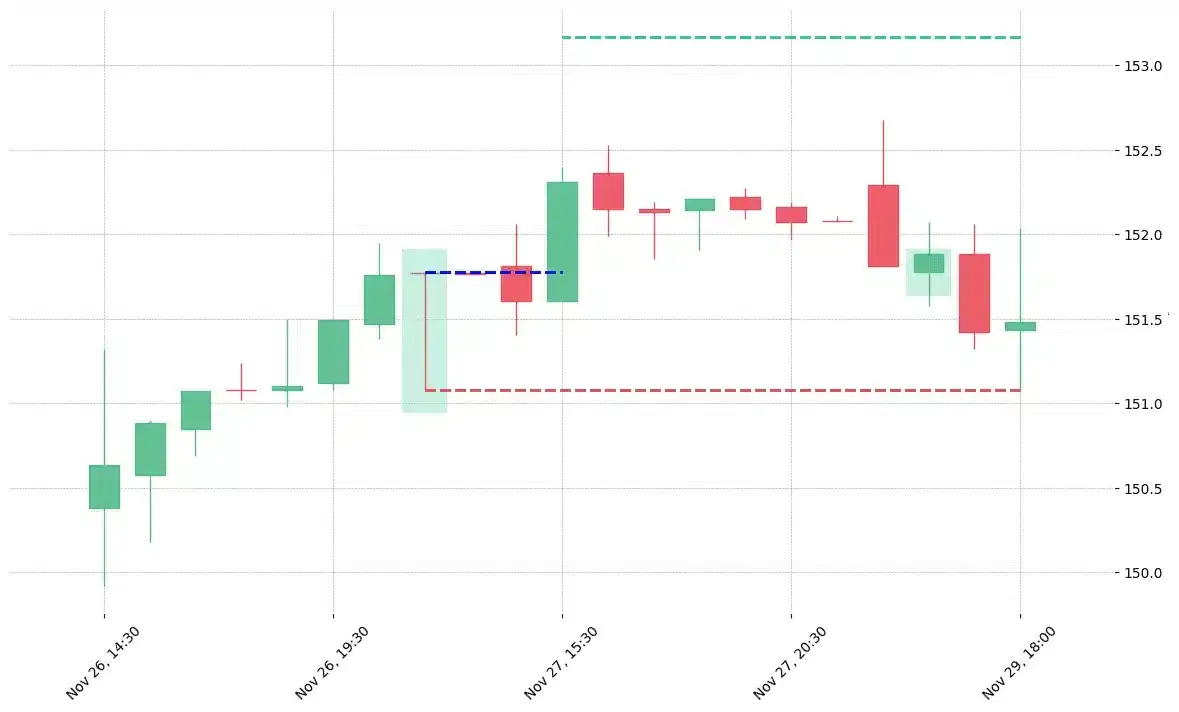
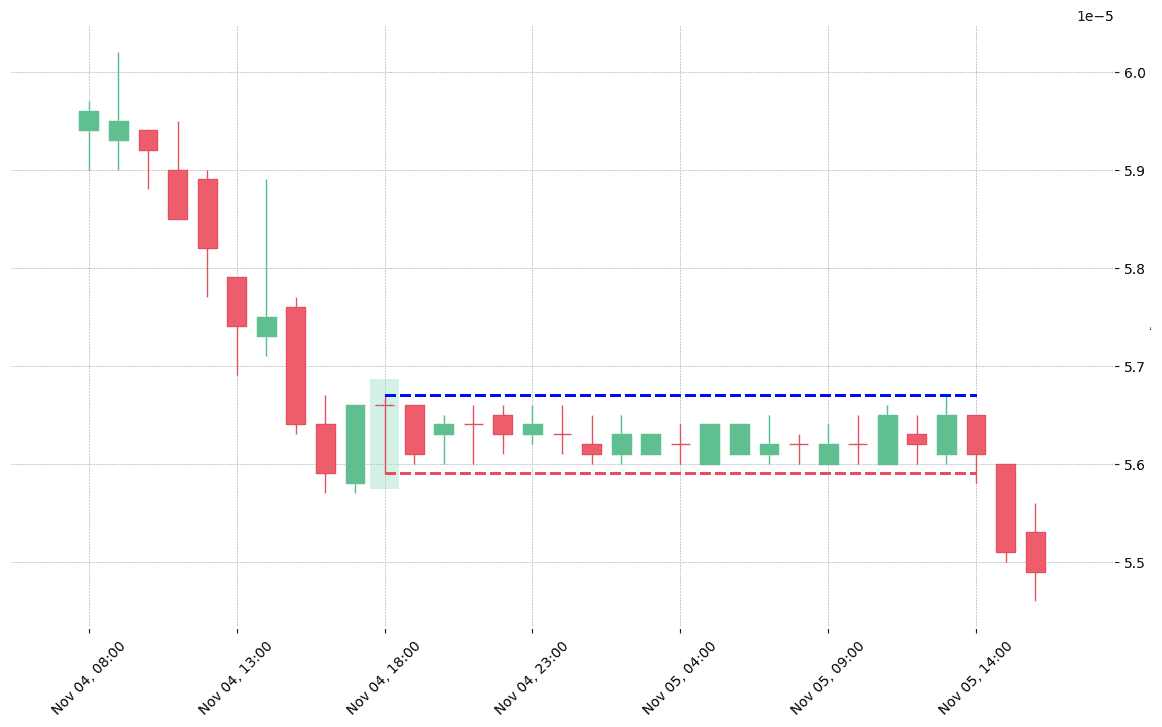
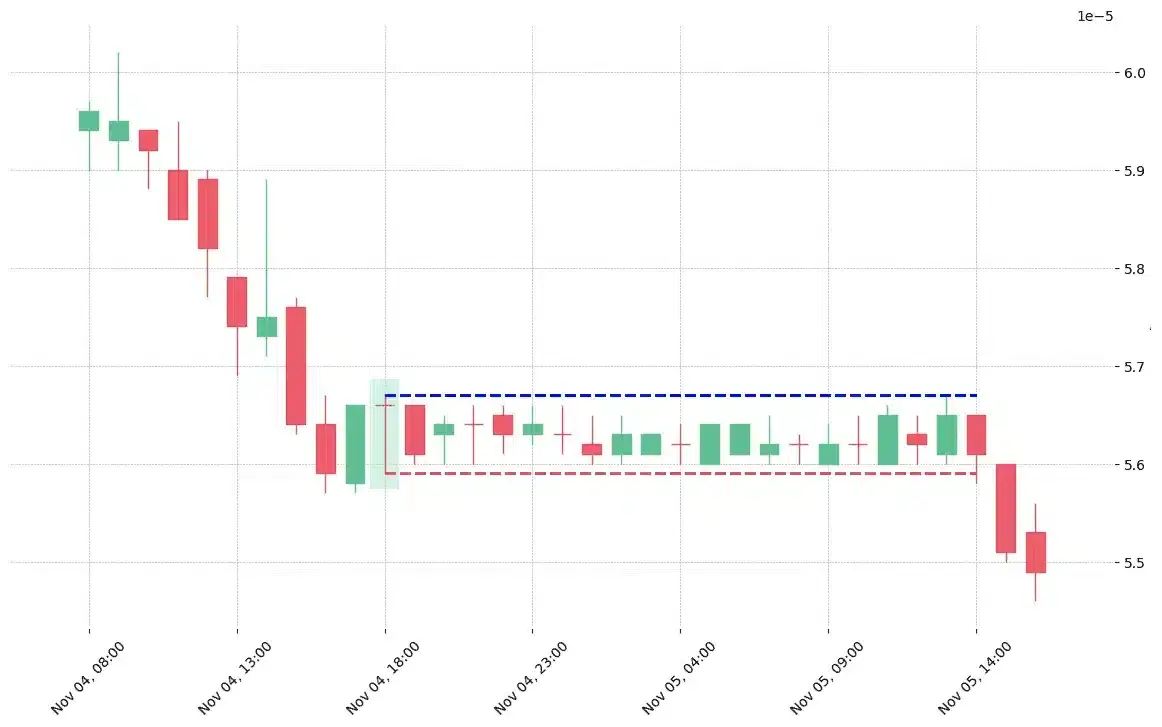
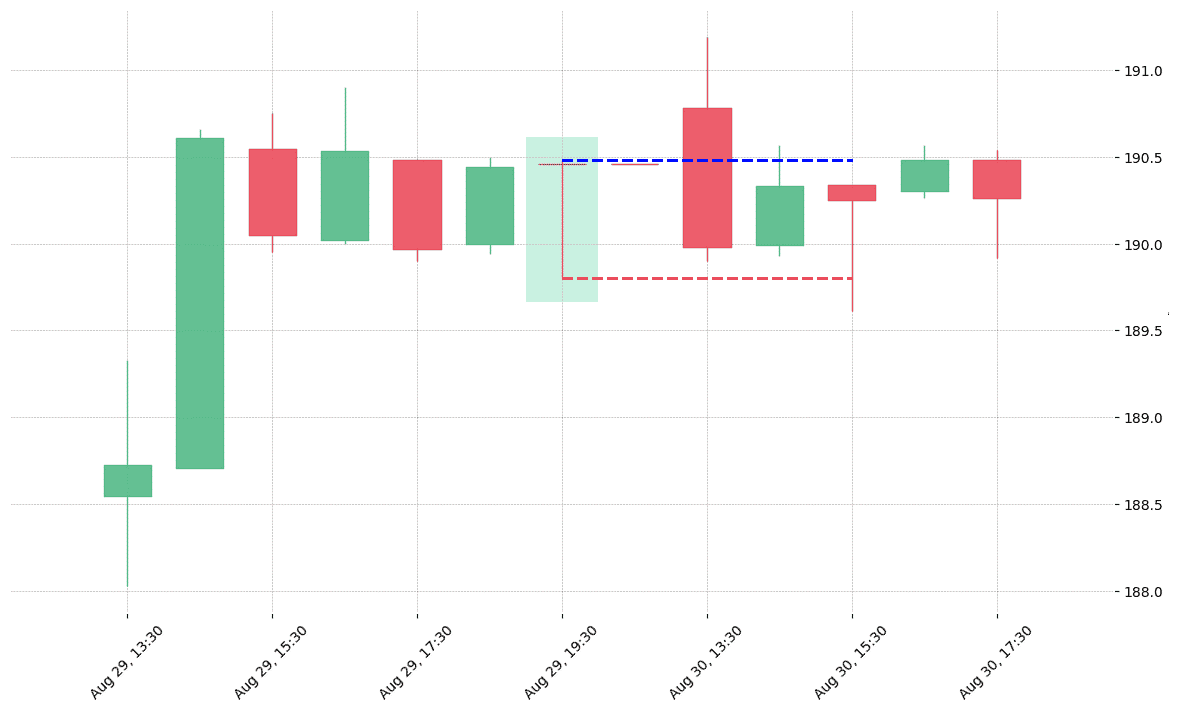

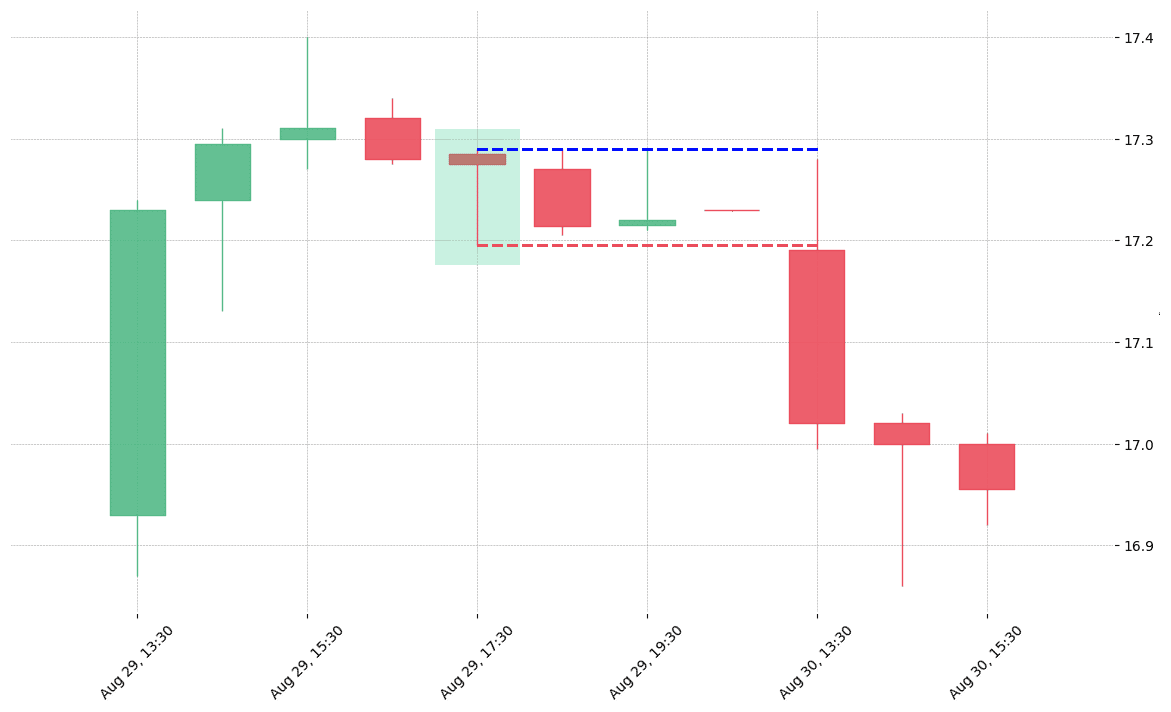
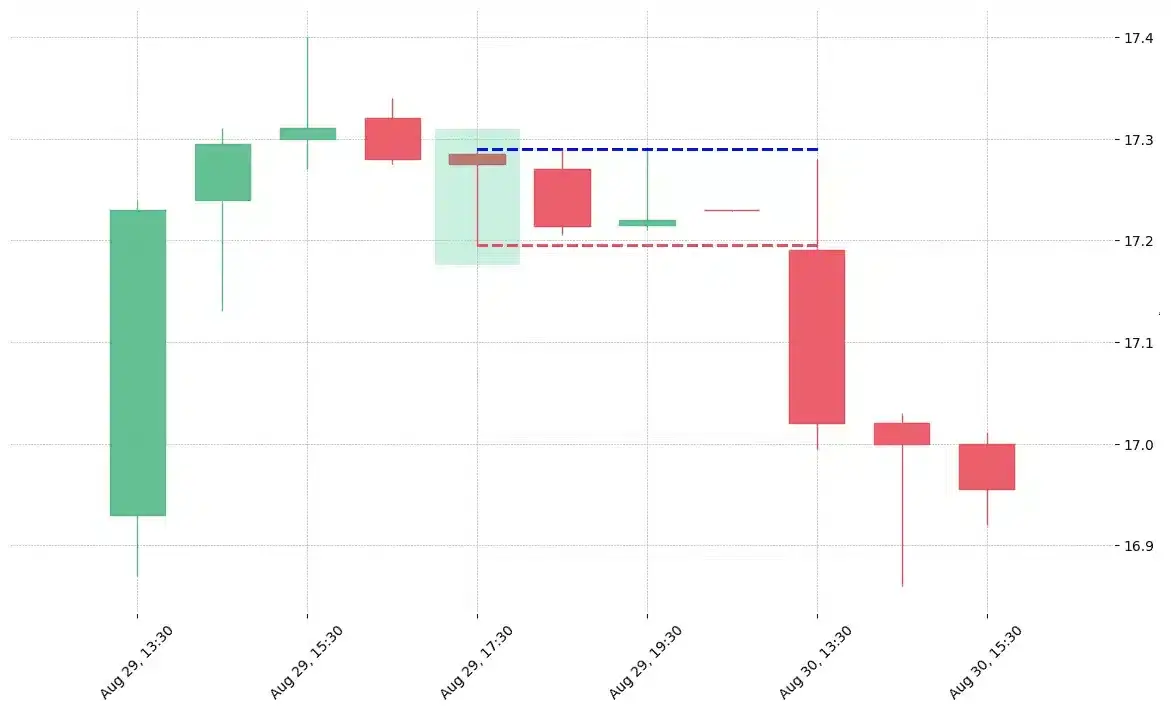

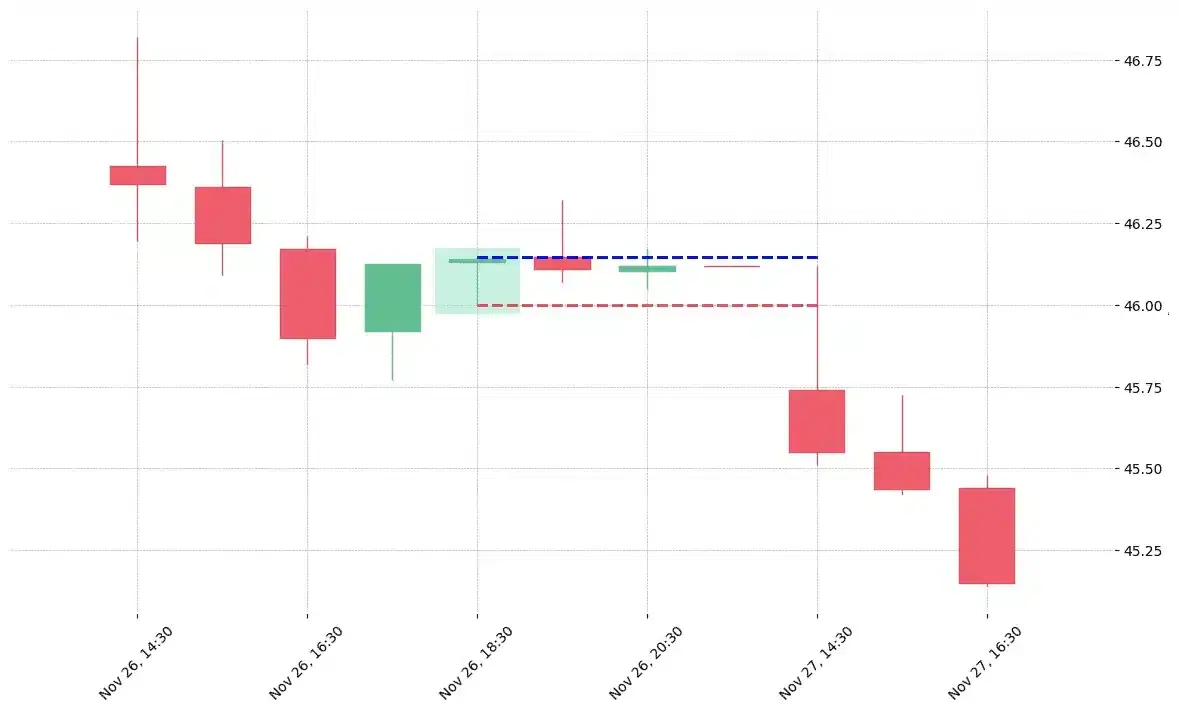


 We loved Marwood Research’s course “Candlestick Analysis For Professional Traders“. Do you want to follow a great video course and deep dive into 26 candlestick patterns (and compare their success rates)? Then make sure to check this course!
We loved Marwood Research’s course “Candlestick Analysis For Professional Traders“. Do you want to follow a great video course and deep dive into 26 candlestick patterns (and compare their success rates)? Then make sure to check this course!